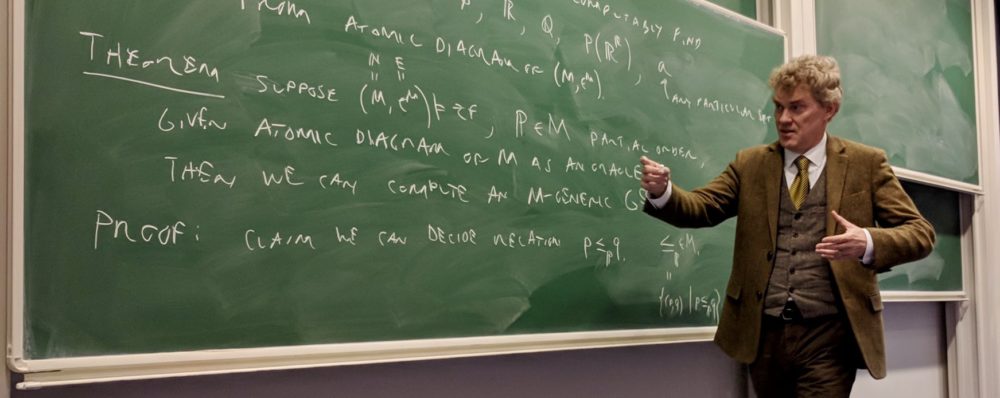Modal logics in set theory, (with Benedikt Löwe), Nederlandse Organisatie voor Wetenschappelijk (B 62-619), 2006-2008.
Modal logics in set theory, NWO grants, 2006 – 2008
Reply

Modal logics in set theory, (with Benedikt Löwe), Nederlandse Organisatie voor Wetenschappelijk (B 62-619), 2006-2008.
